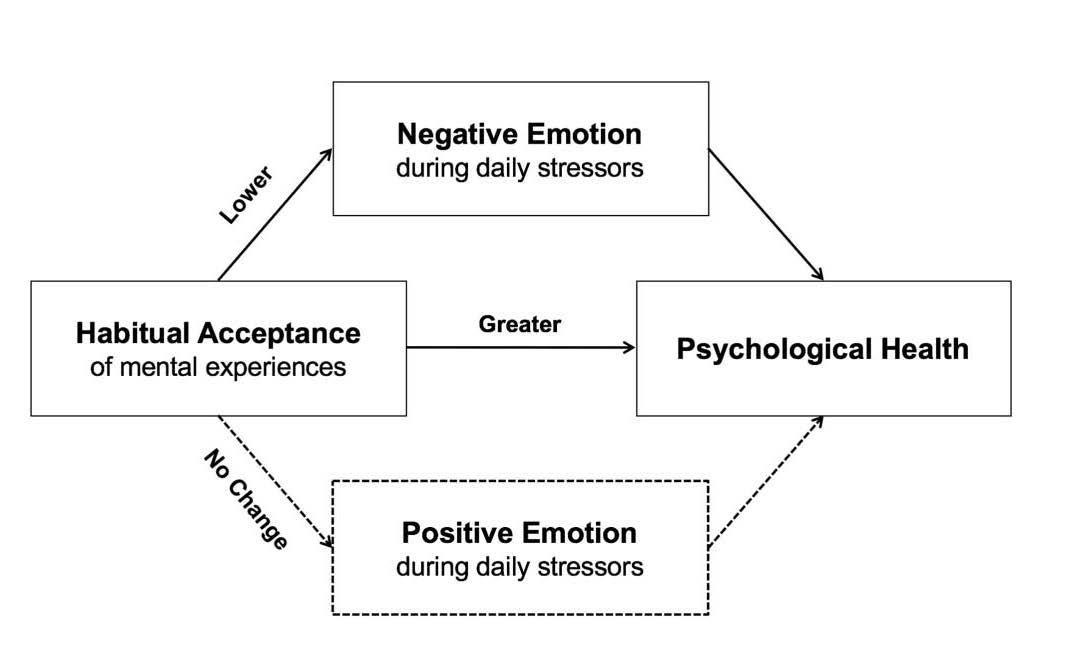Using Coccolithophorid Algae to Combat the Climate Crisis by Emily Douglas, Chemistry Major, 2025
T
here is no question that the world today is facing higher percentages of greenhouse gasses, such as carbon dioxide, in our atmosphere. With 412.5 parts per million of CO2 as of 2020 , this number has surpassed the precedent amount of carbon dioxide to ever be in our atmosphere (Lindsay, 2021). The detrimental effect of these greenhouse gasses is that they create what is known as the greenhouse effect, in which the sunlight reflected by Earth’s surface does not escape the atmosphere, thus resulting in rising temperatures. The increase of the Earth’s temperature will have detrimental effects, including an increase in sea levels, change in precipitation patterns, intense droughts and heatwaves, and many other disastrous effects. This has become a worldwide concern; countries have been coming together to tackle this issue through acts such as the Paris Climate Agreement. These agreements to reduce the emissions of CO2 are a step in the right direction, but what the world needs is a sustainable solution along with these efforts. Coccolithophorid Algae. Photo courtesy of JAMSTEC.
19
Using Coccolithophorid Algae to Combat the Climate Crisis







